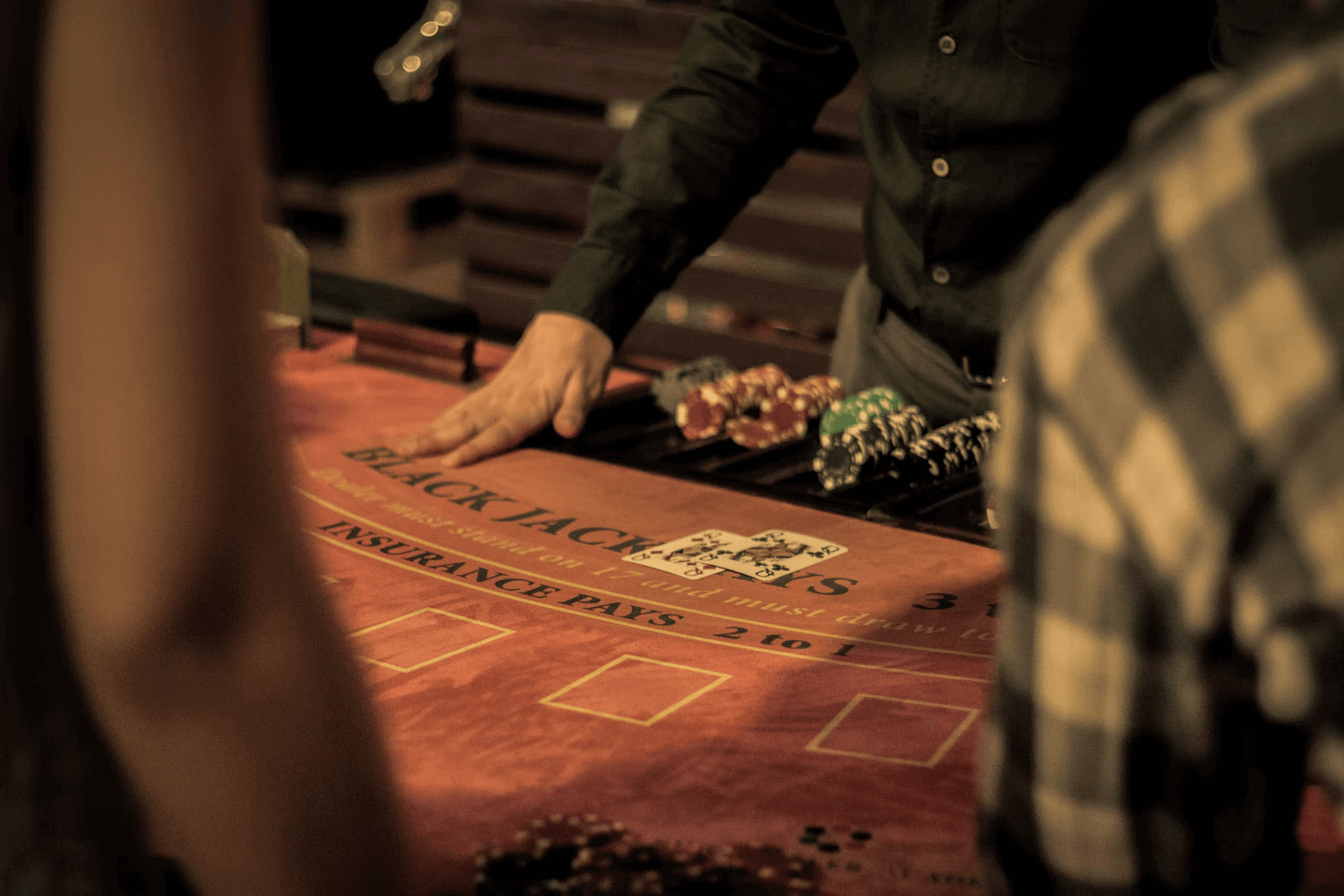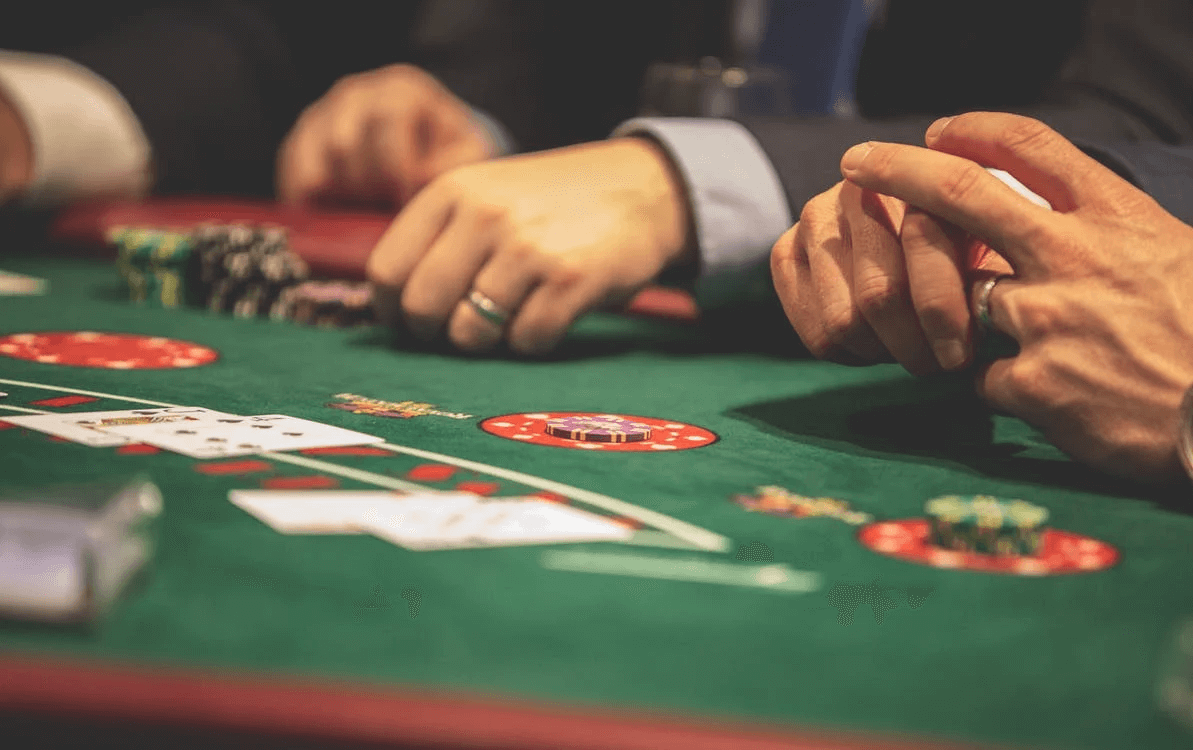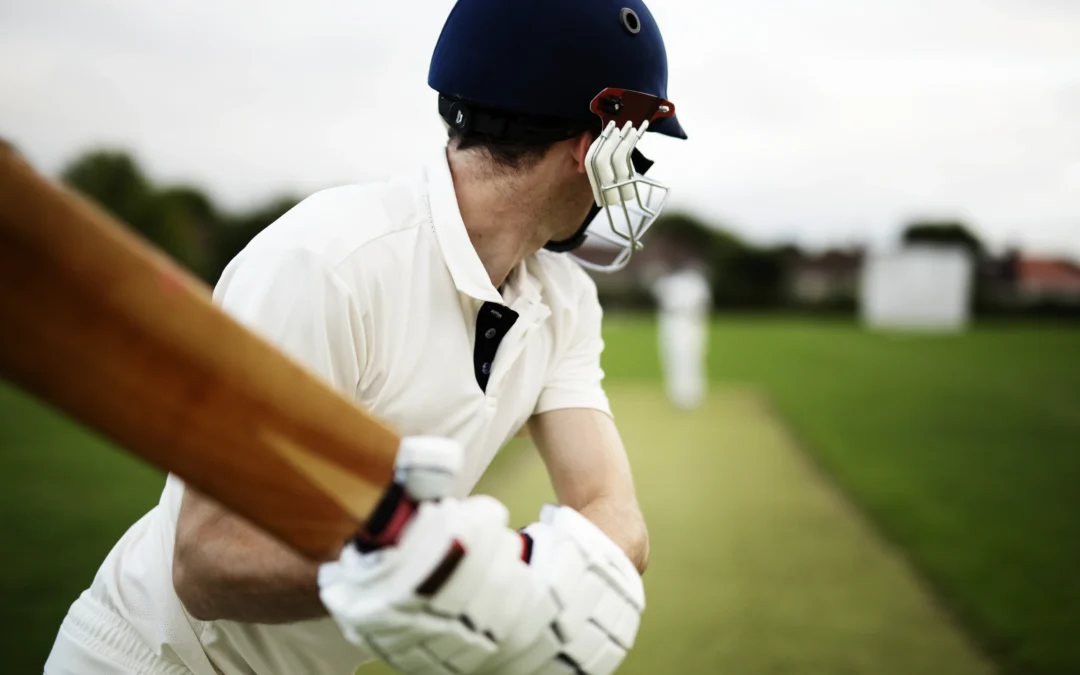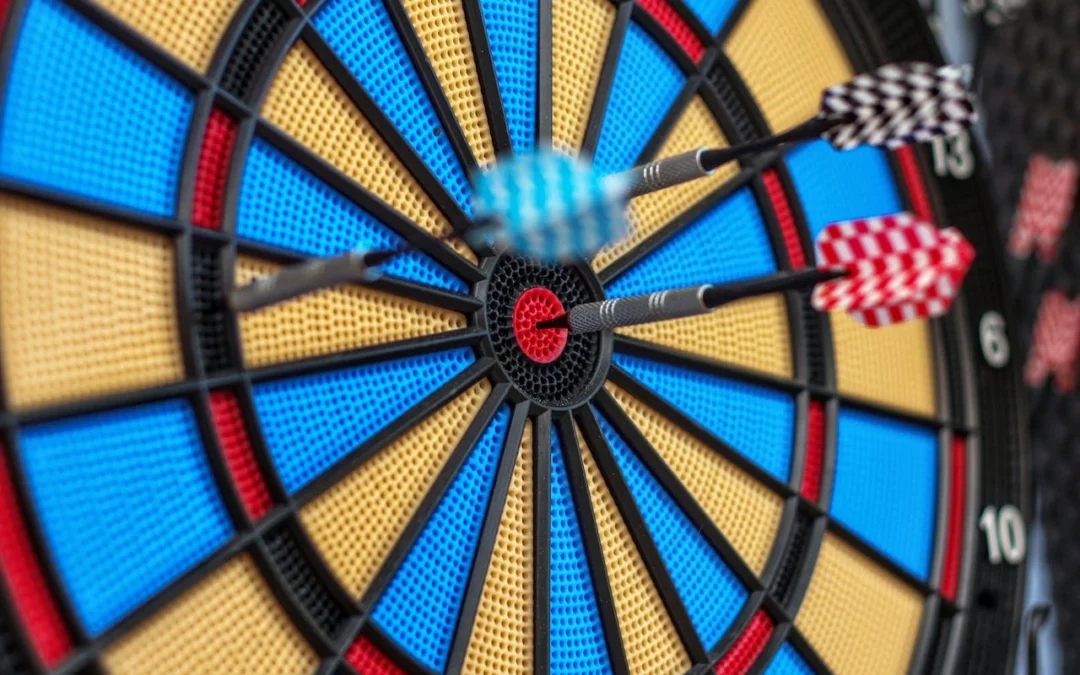Delve into the heart of Blackjack strategy, understanding its rules and uncovering effective strategies for success.
These questions may come to mind when it comes to playing Blackjack.
Let’s answer all these questions here.

THE SET
THE GAME’S OBJECTIVE
THE DEAL AGREEMENT

NATURALS
If the dealer’s top card is a ten or an ace, they must check their bottom card to see if the two cards combine to produce a natural. They do not look at the face-down card until it is the dealer’s turn to play if the face-up card is not a ten or an ace.
THE PLAY EVENT
Because the player can count the ace as a 1 or 11, and draw or not draw cards, a “soft hand” consists of an ace plus a card other than a ten-card. Although a count of 17 is a strong hand, the player may opt to draw for a higher total. If the draw treats the ace as an 11 and creates a bust hand, the player just counts the ace as a 1 and continues to play by standing or “hitting” (asking the dealer for additional cards, one at a time).
THE DEALERS’ GAME

INTENTIONS
PAIR SPLITTING
When a player has a pair of aces, he or she is dealt one card for each ace and is not allowed to draw again. Also, if one of these aces is given a ten-card, the reward is the same as the bet (not one and one-half to one, as with a blackjack at any other time).

Betting FAQs
Does a blackjack beat a 21?
If the player has a blackjack and the dealer does not have a blackjack, then the player wins.
What is a 21 called in blackjack?
Is blackjack a skill or luck?
The argument for blackjack being a skill comes from the fact that decision-making skills are needed to play this game well. The player needs to understand what cards are still in play, what cards have been discarded, and how many cards are still left to be dealt in order to make a good decision on how they want to play their hand.
Should I hit or stand?
The finest place to gamble on casino games is with PIWI247. Visit our website to learn more about our casino games and Betfair alternatives

